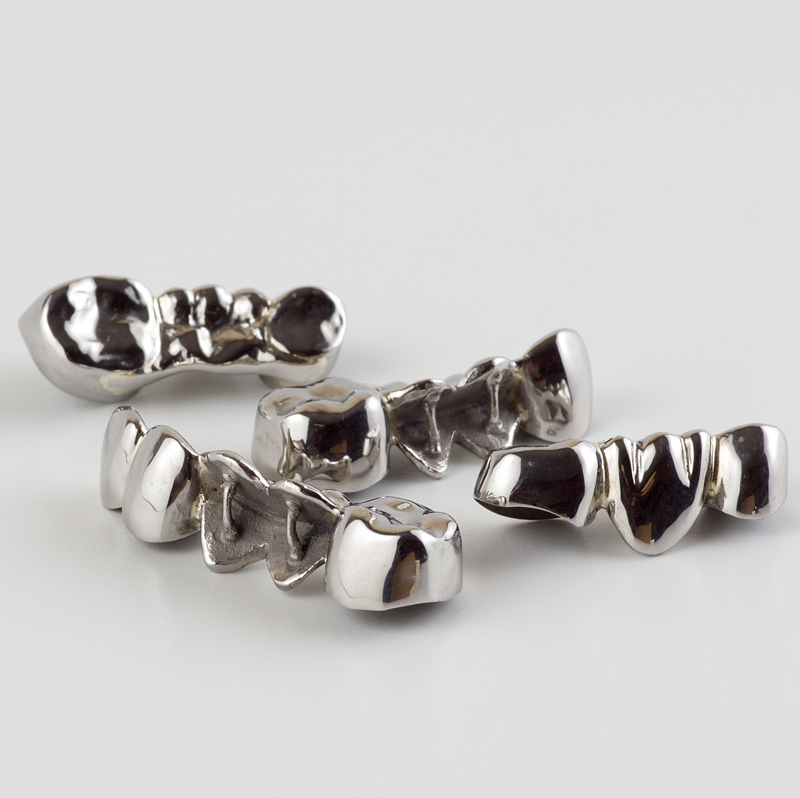A Comprehensive Comparison of Dental Crown Types
When it comes to dental crowns,two popular options that patients often consider are cast porcelain crowns and all-ceramic crowns.Although both types serve the same purpose of restoring damaged or decayed teeth,they differ in several aspects,including their composition,appearance,durability,and cost.Understanding these distinctions can help patients make a well-informed decision about which type of crown is suitable for their specific dental needs.
Composition
Cast porcelain crowns,also known as porcelain-fused-to-metal crowns,consist of an underlying metal substructure covered with a layer of porcelain.This metal substructure provides strength and structural support to the crown,while porcelain gives it a natural tooth-like appearance.On the other hand,all-ceramic crowns are made entirely of ceramic materials,such as porcelain or zirconia.These crowns do not contain any metal components,making them an ideal choice for patients with metal allergies or those who desire a metal-free restoration.
Appearance
One of the significant differences between cast porcelain crowns and all-ceramic crowns lies in their aesthetic appeal.Cast porcelain crowns may feature a thin metal edge near the gumline,which can cause a slight visible darkening of the surrounding gum area.This metal-edge,although not noticeable in the front teeth,can be more apparent in the back teeth.All-ceramic crowns,being metal-free,eliminate the risk of any visible darkening,providing a more natural and lifelike appearance.Their translucency and ability to mimic the characteristics of natural teeth make them a preferred choice for many patients seeking optimal aesthetic results.
Durability
When compared in terms of durability,all-ceramic crowns have a slight advantage over cast porcelain crowns.The absence of a metal substructure in all-ceramic crowns eliminates the risk of metal-related complications,such as the formation of a dark line at the gumline or metal allergies.Additionally,all-ceramic crowns exhibit excellent strength and fracture resistance,making them less prone to chipping or cracking.Cast porcelain crowns,although highly durable,can be more susceptible to wear and tear over time,especially in patients with excessive grinding or clenching habits.
Cost
Cost can play a significant role in the decision-making process when choosing between cast porcelain crowns and all-ceramic crowns.In general,all-ceramic crowns tend to be more expensive than cast porcelain crowns.The higher cost of all-ceramic crowns is mainly due to the advanced technology and materials required for their fabrication.However,for patients who prioritize aesthetics and prefer a metal-free restoration,the additional cost may be worth the investment in achieving a more natural and visually pleasing smile.
Conclusion
In conclusion,while both cast porcelain crowns and all-ceramic crowns serve as effective dental restorations,they have distinct differences in terms of their composition,appearance,durability,and cost.Understanding these differences can help patients work closely with their dentists to make an informed decision based on their specific needs,preferences,and budget.Whether opting for cast porcelain crowns for their affordability and durability or choosing all-ceramic crowns for their superior aesthetics,patients can rely on modern dental technology to restore their teeth and improve their overall oral health.





